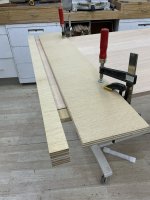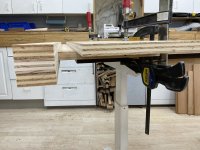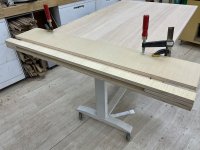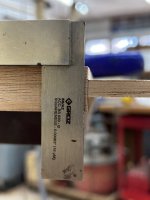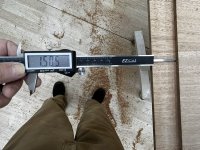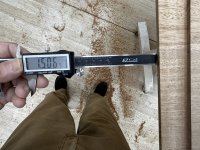Looking at the amount of time I will spend sanding this back, I'm facing a few issues.
I used dye for color. Dye soaks in deep so sanding will likely leave a somewhat blotchy surface that will pose many problems when I go to apply new dye.
The glue creep will likely come back.
As much sanding as this will take will result in an uneven surface. This is because I wont be able to control myself sanding harder and longer where the color is deepest.
It will take a lot of time.
So, I'm seriously considering just remaking the top. Assuming waste it is around 24 bf of 5/4 mahogany. I think milling and glue up would take about the same time as all that sanding. I can use a different glue and in the end have a better product.
What say you?




